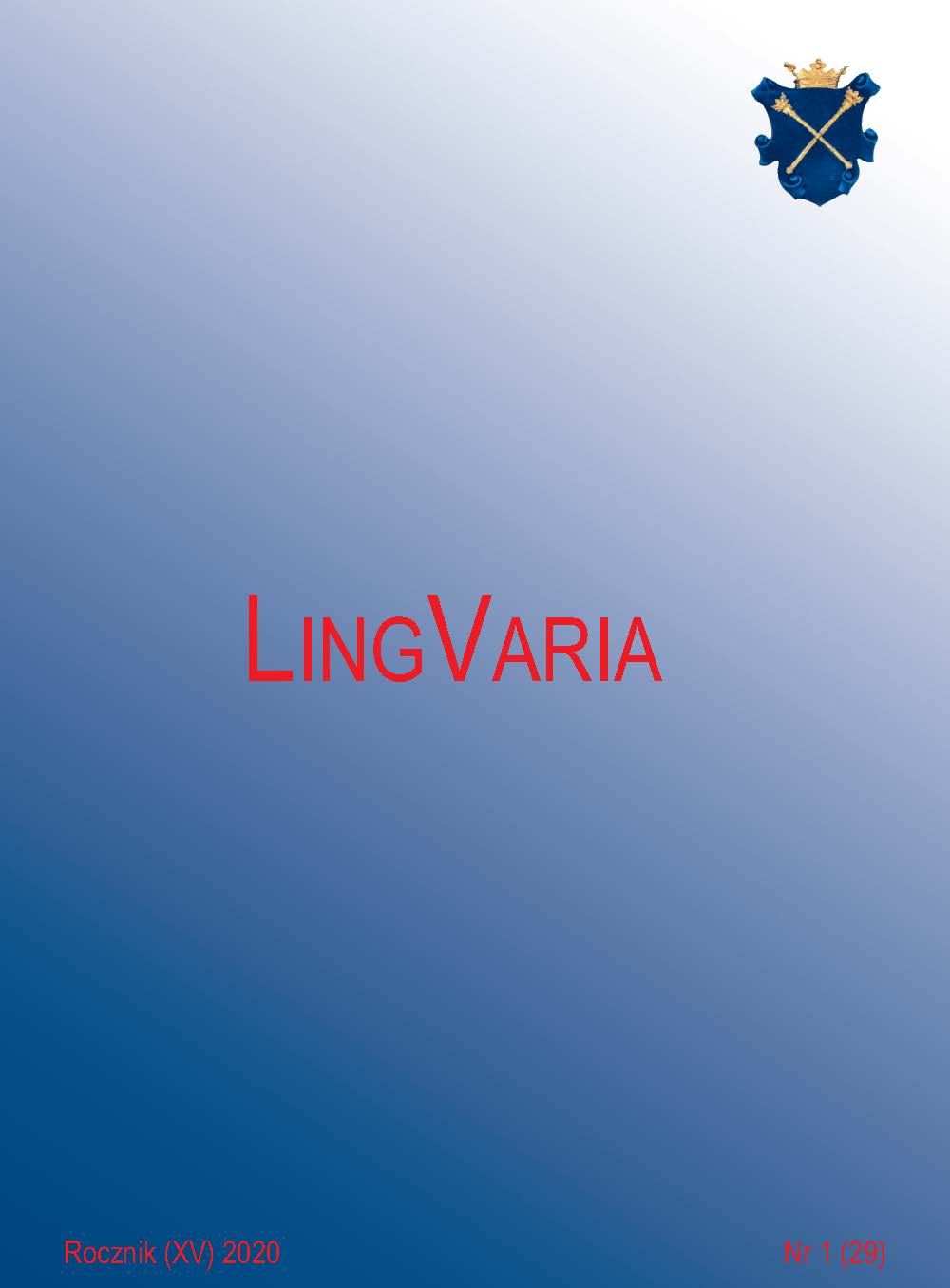Wariancje semantyczne pojęcia "kołtuna" w wybranych tekstach kultury polskiej i litewskiej
Semantic variations of the concept of kołtun ‘polish plait’ in selected text of polish and lithuanian cultures
Author(s): Zofia Sawaniewska-MochowaSubject(s): Language and Literature Studies, Theoretical Linguistics, Studies of Literature, Semantics, Lithuanian Literature, Polish Literature
Published by: KSIĘGARNIA AKADEMICKA Sp. z o.o.
Keywords: kołtun; Polish Plait; cultural concept; semantic derivation; Polish; Lithuanian; texts of culture
Summary/Abstract: The paper discusses semantic changes and stylistic derivation of the cultural concept of kołtun ‘Polish plait’ (Plica polonica) in Polish and Lithuanian. Although today it is impossible to meet a person with a kołtun on their head, the concept itself, as an element of socially established knowledge of the world, has survived and is still used in various discourses (ranging from dialectal texts and folklore, belles-lettres and journalistic writing, to contemporary Internet messages), to communicate different meanings, both literal and metaphorical.There are similarities and differences between the conceptualizations of kołtun in texts of Polish and Lithuanian cultures. The unifying element is the perception of kołtun as a formation of entangled hair or a mysterious disease that is inscribed into the folk system of beliefs and magical rituals. On the other hand, what sets the analysed concept apart in the two languages, is a much richer resource of folk and colloquial forms (compounds, hybrid words, phrasemes) in Lithuanian, and in addition, the lack of negative evaluation of kołtun in Lithuanian, whereas in Polish the word is often used to describe a backward, small-minded person.
Journal: LingVaria
- Issue Year: 15/2020
- Issue No: 29
- Page Range: 179-198
- Page Count: 20
- Language: Polish

